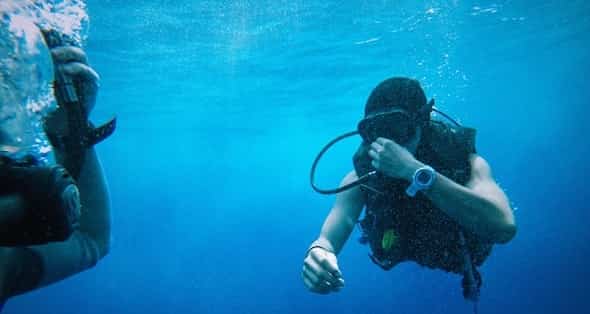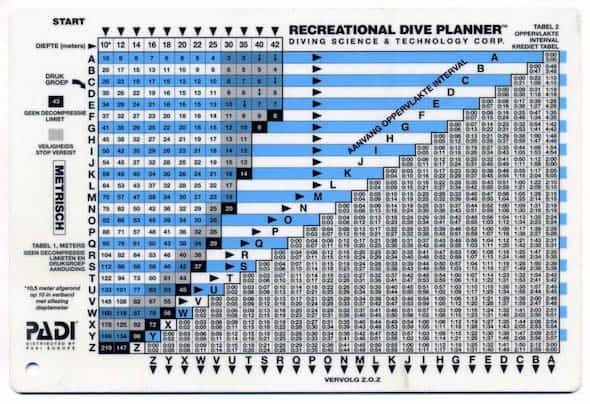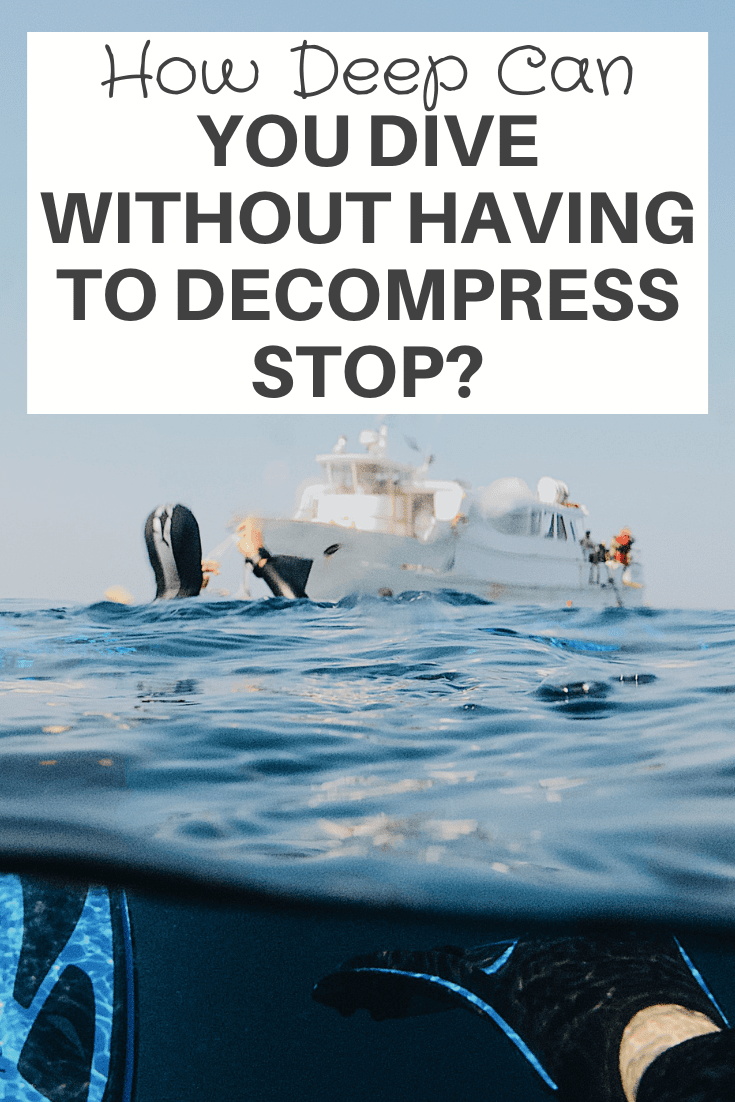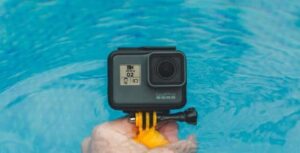
Safety is an important aspect of scuba diving. One of the main safety techniques that every scuba diver is trained to do when finishing their dive is to do a decompression stop or safely stop. The reason for the decompression stop is to pause the diver’s ascent in as to give the body time to expel dissolved gases mainly nitrogen in the blood. So, how deep can you dive without decompressing?
Depth and dive time are the main factors if you have to do a safely stop. If you do a shallow dive of around 6 to 10 metres (20 to 30 feet) and if you dive up to 200 minutes, then you do not need to do a decompression stop or safely stop. With dives that are over 30 metres (100 feet) and if your dive is over 20 minutes you will need to do a decompression stop.
In today’s post, we will go through how deep can you dive without having to decompress in more detail, so let’s get started!
Read more on common questions asked by divers
What Is A Decompression Stop?
The decompression stop is where the scuba diver stops for a certain period of time before surfacing. When the dive finishes and the diver is ascending they pause for a certain period of time before surfacing. This is to give time for the body to dissolve gases in the blood. The reason is these gases build up during the dive can be harmful and can expand, turning into bubbles, and can cause decompression sickness or worse.

What Is The Difference Between A Decompression Stop And A Safety Stop?
Decompression stops and safety stops are similar except for one key difference which is that decompression stops are mandatory on dives when the diver exceeds the no-stop decompression limit. And the safety stop is not mandatory but most diver masters do practice a three-minute safety stop at five meters in the majority of recreational dives such as fun dives.
When Should You Make A Safety Stop When Diving?
You make a safety stop at the end of every dive. This means that you should pause at around 5 meters (15 feet) for at least 3 minutes before you make your final ascent to the surface.
How Deep Can You Dive Without Having To Decompress?
The decompression stop is considered mandatory on any dive that is deeper than 30 meters (100 feet) by most diving agencies such as PADI or SSI. If you are using a dive computer it will tell you to do a safety stop on any dive greater than 10 meters (30 feet).
PADI has a dive planner that suggests when you should do a practice stop.

On the table where the text start is, you will is the dive depth starting from 10 up to 42 meters as well as the bottom time. The bottom time is the time it takes to reach the depth plus actual bottom time plus time to surface.
On the table, you will see gray boxes for example if you are diving to 18 meters (60 feet) you will see 35, 36, and 38 are dark gray. This indicates that you should do a safety stop at 5 meters (15 feet) for 3 minutes before surfacing.
Whereas on the table you are diving to 18 meters, you will see that the 40 is in a black box. This indicates no-decompression limits have been exceeding for less than a few minutes, you will need to do a decompression stop at 5 meters (15 feet) for 8 minutes.
What Is Decompression Sickness?
Decompression sickness is also known as the “the bends”. This is caused by a rapid decrease in pressure that surrounds you. Either air or water causes the body’s tissues to absorb more nitrogen.
When diving, you use compressed air in your tank. That air is made up of extra oxygen and nitrogen. Your body uses oxygen, whereas the nitrogen is dissolved into your blood.
If the diver ascends too quickly, it does not give the body a chance to dissolve excess gas. And the extra nitrogen can form potentially harmful bubbles in your body such as in your lungs, ear, and brain.
Decompression sickness symptoms are as follows.
- Joint pain.
- Dizziness.
- Headache.
- Extreme fatigue.
- Muscle pain / Weakness in arms or legs.
- Skin problems like itching or a rash.
- Can’t think clearly.
Do You Still Make A Safety Stop If There’s An Emergency?
Safety stops are always recommended and advised but they are not mandatory. But if you find yourself in an emergency situation you do not need to do a safety stop.
The majority of recreational scuba divers do not dive deep enough to have to do a decompression stop. If you are not planning on a safety stop you must do your best to still maintain a safe slow ascent rate.
Wrapping Up
Finally, if you do a shallow dive of around 6 to 10 meters (20 to 30 feet) and if you can dive up to 200 minutes without needing to do a decompression stop or safely stop. With dives that are over 30 meters (100 feet) and if your dive is over 20 minutes, you will need to do a decompression stop. You fo need to become familiar with the PADI dive planner.
And that’s it for now! I’d love to know if this guide on how deep can you dive without having to decompress has helped you. Let me know if you have any questions and let me know if there is more to add.
Did you enjoy this post? Then don’t forget to pin it!







